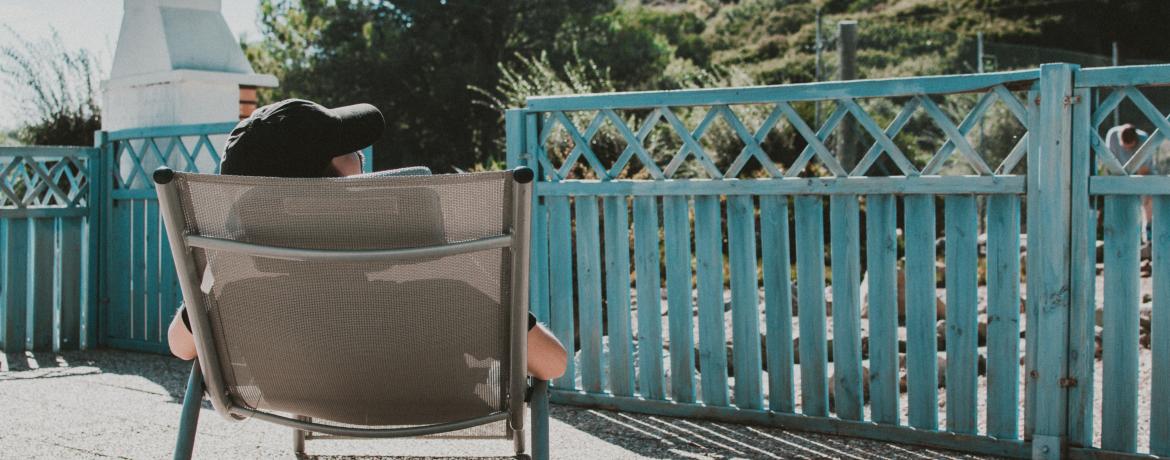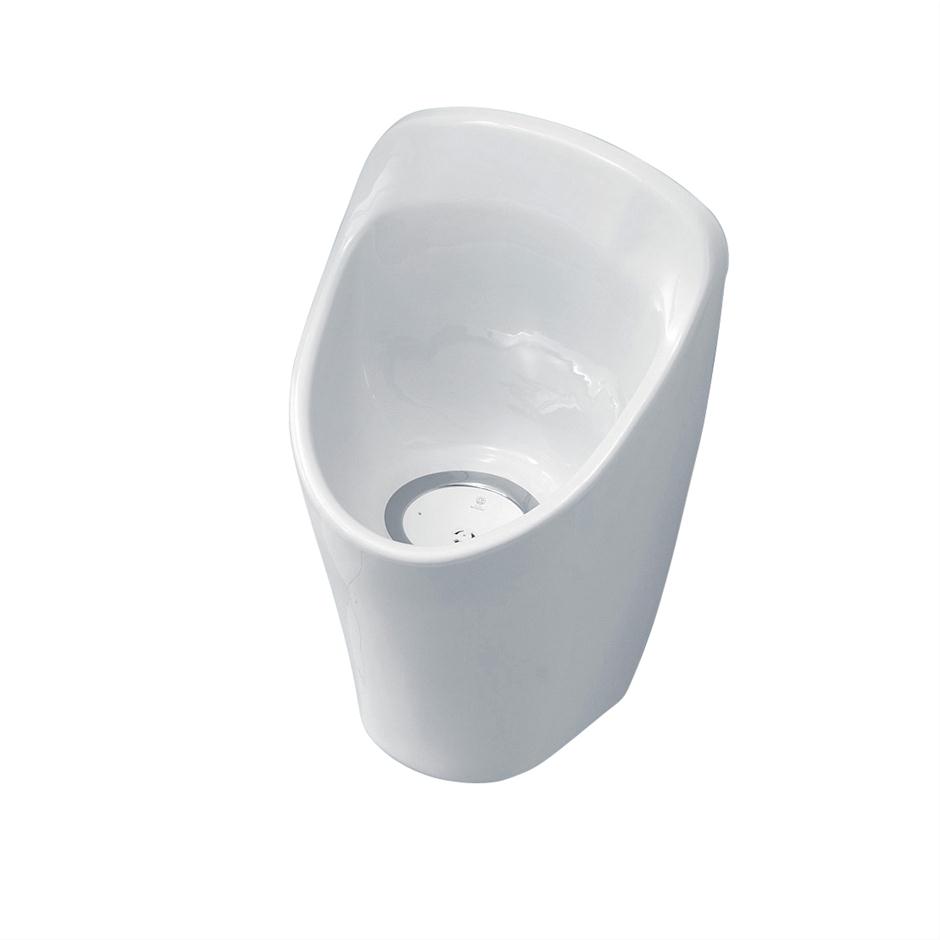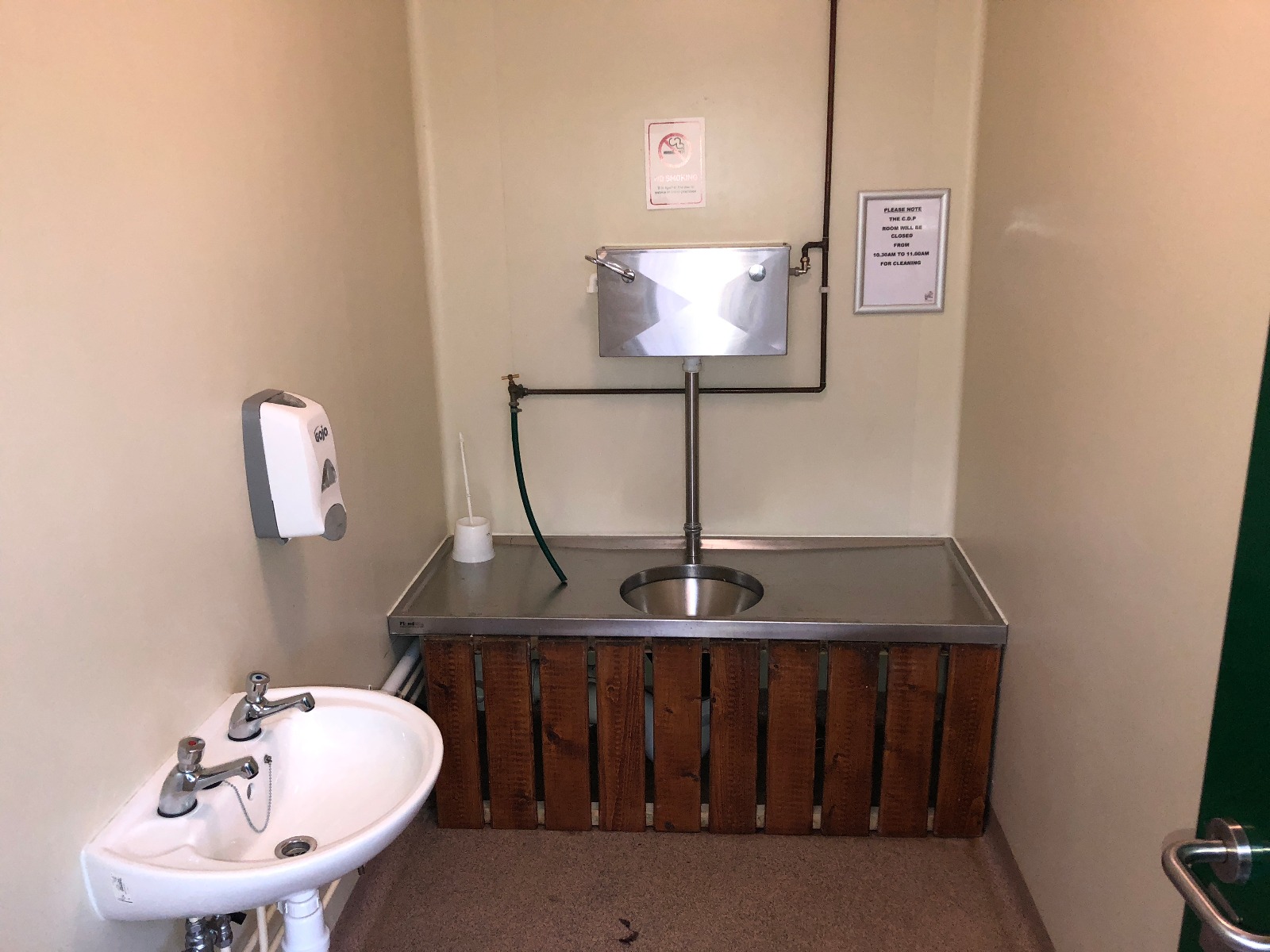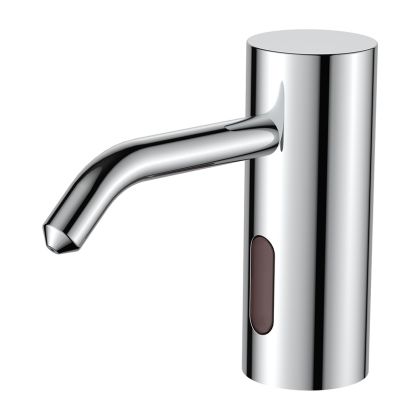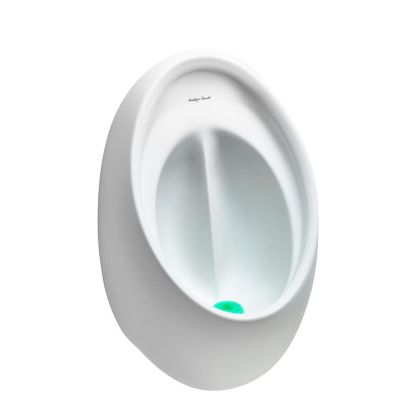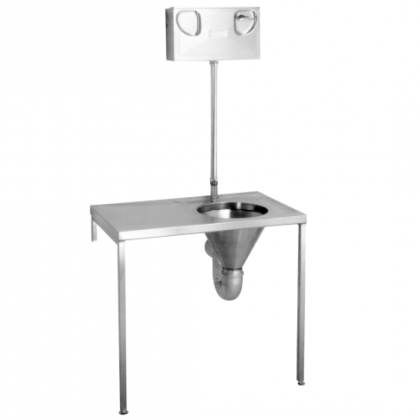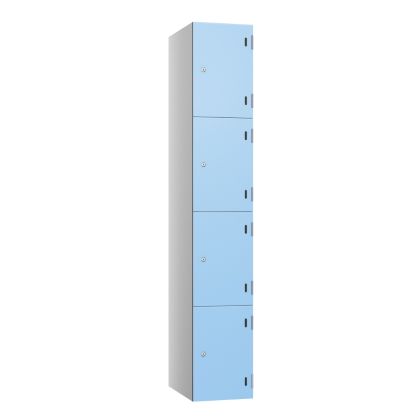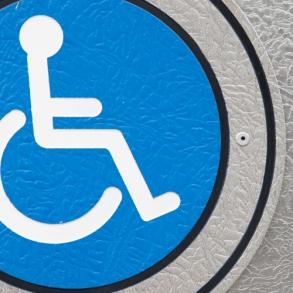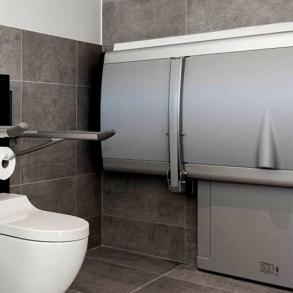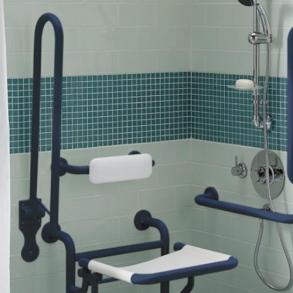More and more people are holidaying in the UK than ever before. Minimum expectations are rising - we outline 10 of these expectations to help holiday park owners and managers meet their customer's needs.
1. Bath and family bathing space
You might think we’ve moved into an age where almost everyone takes showers, but for those travelling or holidaying with small children, you’ll understand the importance of a bath. We are finding many campsites and holiday parks choosing to install a large private bath area, sometimes in a separate room, other times in a designated and oversized cubicle.
2. PIR lighting
Even with the most efficient LED light bulbs, when a washroom has its lights left on 24 hours a day, the electricity bill starts to rack up. PIR lighting is sensor activated and will only be activated when someone is actually in the room. This can bring significant savings in energy usage, but also means you don't need a light switch, which can become grubby very quickly and prone to harbouring bacteria.
3. Waterless urinals
The switch to waterless urinals can bring substantial financial savings over the course of a year, particularly in high traffic washroom environments like holiday parks. The urinals work by being connected to mains drainage, but with a clever cartridge fitted in the waste outlet of the urinal, which keeps foul smells from rising. No mains water is needed and urinals can be cleaned with a simple disinfectant spray. It’s estimated that each waterless urinal installed can deliver a saving of around £400 in water and sewerage charges annually.
4. Child accessible facilities
Low-level hand washing areas, urinals and toilet pans are valuable elements to incorporate into your washroom design. When children can access the toilet and handwashing facilities, it makes taking them to the toilet a much easier job for accompanying adults – any parent who has held their boy up to a urinal will know how relieving it is to see low-level options available. When space allows, it can also be a good idea to install a child accessible shower as well.
5. Changing area and storage
Ample space to change is of paramount importance as your guests will have to bring their change of clothes along with them from their lodgings. Once in the washroom, they will not only need plenty of room to change but also store their dry clothes. The traditional benches with coat hooks can work well, while some sites have installed lockers or even large open cubbyholes. Whatever you choose for your site, be sure to give generous space for dry changing as young families may take up more room than your solo user – some washrooms even choose to install a children’s playpen with a soft floor, so that dry changed children can be kept somewhere secure while parents finish sorting themselves out.
6. Vanity units
Make sure there is plenty of space surrounding the washbasins. Users will need somewhere to place their toiletries when getting freshened up first thing in the morning, and last thing at night. Mirrors will need to be large format and ideally cover the entire wall above the basins. Keep this area well lit and incorporate dispensers for soap and paper towels. One of the benefits of building a purpose vanity unit is that the under-counter area can be used for bulk storage of items like paper towels, soap, and toilet roll, but can also conceal a waste bin beneath a counter mounted waste chute.
7. Power and shaver points
Don’t overlook the need for shaver sockets in your washrooms, these will be used for both electric toothbrushes and shaving, so will need to be located near the mirrors and washbasins. In a row of sinks, consider partnering at least two of them with a shaver socket.
8. Chemical toilet disposal points
At campsites and touring caravan parks, chemical toilets will need to be emptied. This needn’t be within your washroom block but should be located next to the building. By having a separate, chemical toilet disposal tank, you stop caravaners needing to empty their waste down washroom toilets, which may not be up to the volume they carry.
9. Drinking water
Drinking water fountains are a useful installation choice in campsite washrooms, but consider installing one with space to fill a large drinks bottle or water keg. While a lot of mains water on your site may already be suitable for drinking, users often need a little guidance and a designated tap, or refill area, along with clear visual signage is a beneficial design choice for all holiday park and campsite washroom blocks.
10. More than enough showers and sinks
Before breakfast and after dinner is peak washroom times and can see people queuing up to brush their teeth or take a shower. You need to be mindful of how many people your site will accommodate peak season, and ensure you have the facilities to cater for those numbers. A huge row of sinks may seem excessive in the offseason, but those extra washbasins can be what makes a family choose to rebook their stay for next year and recommend your site to friends.
As always, our team is at the end of the telephone for all your queries and questions and has a wealth of knowledge they’re happy to share with you. So if you need some guidance, or would like to talk over your options, you can give them a call on 01202 650900.

